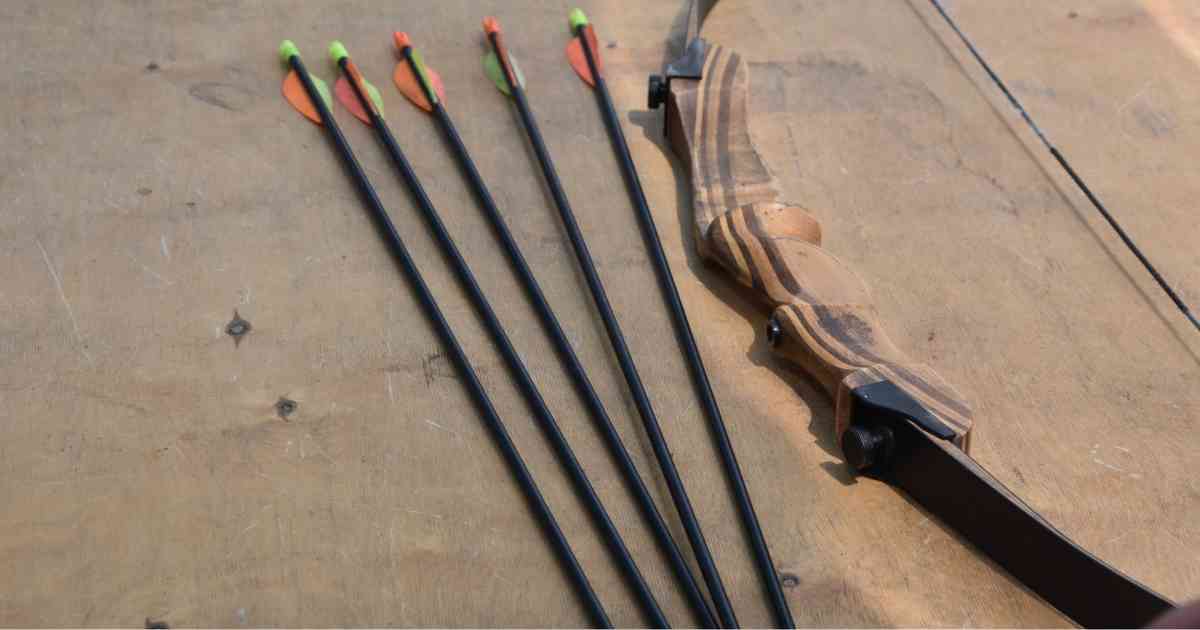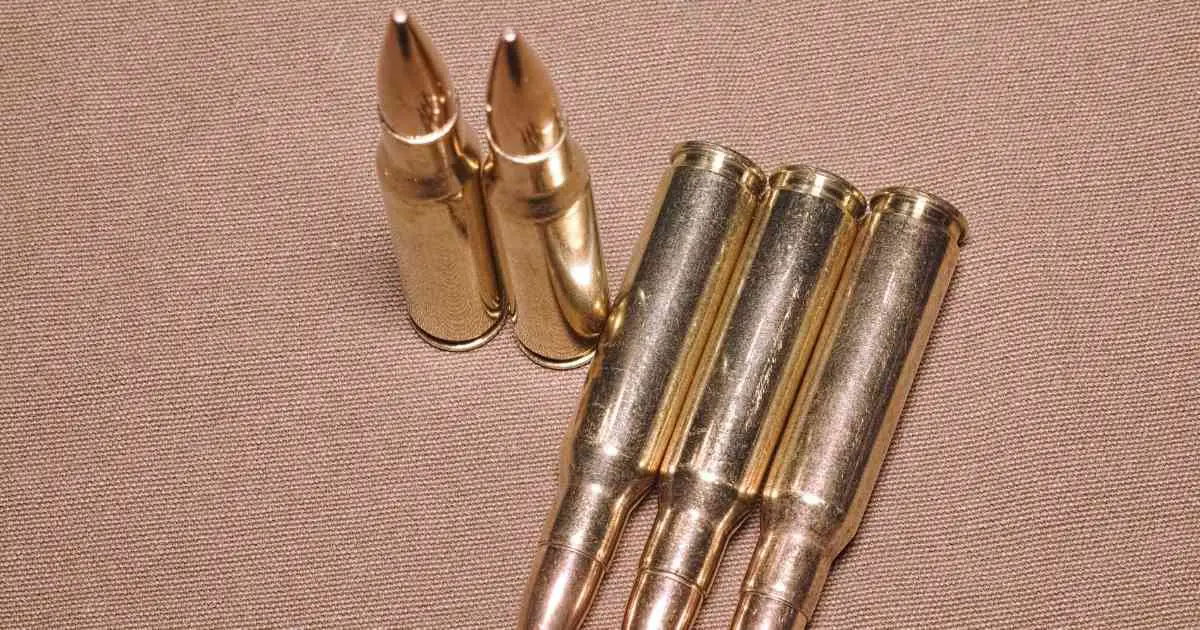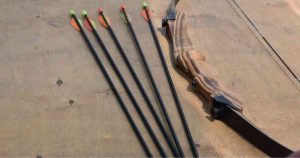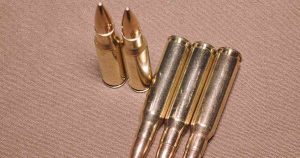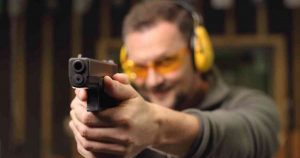If you want to shoot with high accuracy at long distances, a rifle scope is a must. But that’s not all; you also need to learn how to use it properly. Before you learn how to aim, you must learn how to set up your scope. You can go to a gun professional for this. However, this might cost you some money.
If you want to do it yourself, you can go to someone to teach you. Once it has been installed, the next thing is to learn how to look through a rifle scope which requires some technical knowledge, but with practice, you will be able to do it with ease.
This complete guide shows you how you can look through a rifle scope in 5 steps. Even if you are a beginner, this guide will be a great help in learning how to sight in a rifle scope.
How to Sight In a Rifle Scope
There are five key steps for how to sight in a rifle scope.
STEP 1
Install Your Rifle Scope Correctly
To install your scope correctly, you must properly prepare your rifle. Remove any debris that may affect the installation. Grease or dirt may cause the scope to not fully seat on your rifle. Also, be sure to remove the top cap screws so you can degrease each screw hole as well.
Add a little gun oil to the mating surfaces; this will help prevent the part between the receiver and the scope part from rusting. Add thread locker to the screw threads to ensure that the screws are properly secured, as due to the recoil when firing your rifle, the screws can come loose over time.
An important recommendation is to use a removable thread locker. A permanent one that needs a temperature of 500ºF to remove a scope can damage the rifle.
For a better hold, it is recommended that the thread locker dries overnight before using the rifle.

Once the base of your sight is securely fastened, it is time to mount the scope rings. The first thing you should do is disassemble and organize all the small screws and small parts to avoid losing any. Next, mount the bottom of the rings and test fit your scope before putting on the top rings.
With the firearm secured, place the scope on the lower set of rings, making sure the rings are far enough away from the target bell and adjustment turret so they can be adjusted freely. Once you have left adequate clearance, add a thread locker and hand tighten the screws.
If you find the installation of your scope too complicated, you can ask for professional help at a gun store.
STEP 2
Eye Relief
Proper eye relief adjustment can prevent the black halo that can sometimes be seen through a rifle scope. Instead, adjust the scope so that you can see a clear image. To do this, place your rifle on your shoulder as if you were about to use it in the field.
Close your eyes and adjust the rifle so that it feels comfortable. Now open your eyes to find the correct eye relief – the correct distance between the end of the scope and your eye. This distance should be large enough so that when you shoot, the recoil caused by the force of the shot is sufficient to make contact with your eye. This could cause serious injury.
Now that you have found the correct position for eye relief, it is time to obtain the scope by leveling the scope. To obtain the scope, it is important to have a stable firing position. To achieve this, you can place your rifle on a shooting bench or obtain a mount or bipod. Next, adjust the scope until the scope’s reticle is fully perpendicular and parallel to your bore.
Once the scope’s reticle is level, you will be able to accurately compensate for windage and elevation as required on the range. It is best to have a rifle mount to reduce recoil by up to 95%, which gives you more confidence when aiming and shooting at your target.
Make sure you choose a mount that is suitable for the type of rifle you have. They come in many price ranges and are specially designed for a telescopic sight.
STEP 3
Aligned Reticle
A mistake most shooters make is not taking into account the alignment of their rectangle when zeroing their scope. Rectangle skew is when your scope’s crosshairs are not perfectly aligned with the directions of the elevation and windage adjustments. This error can cause your shots to drift to the right or left of your target, especially on targets that are more than 250 yards away.
Before sighting in your new scope, correctly dial in your ocular focus to get a crisp, clear image. If your eye tries to focus on a reticle that is not aligned or is out of focus, it can cause eye fatigue. Aim your rifle and adjust the scope diopter until the reticle is in focus.
STEP 4
Set Your Minute of Angle (MOA)
To perform this step, it is best to do it at an outdoor range as you need targets at different distances. Make sure you have a mount that allows you to keep your rifle stable.
Most rifles allow you to adjust the sight in ¼ MOA (minute of angle) increments. This equals ¼ inch of movement per click when sighting in at a distance of 100 yards. Almost all hunters use ⅛ inch and ¼ inch MOA click values.
To make this adjustment, you simply turn the wind resistance knob by making four clicks. Each click increases by ¼ inch for every 100 yards of distance.
Here is a list where you can see the increment per click of the windage knob on your rifle scope for different distances.
- 200 yards = 1/2 in.
- 300 yards = 3/4 in.
- 400 yards = 1 in.
- 500 yards = 1 1/4 in.
- 600 yards = 1 1/2 in.
- 700 yards = 1 3/4 in.
- 800 yards = 2 in.
STEP 5
Test Firing
Performed a test by shooting in groups of three shots each. Be sure to take note of where the three shots in each group of shots land. Know your MOA well so you can adapt to targets at different distances.
Experiment with shots at different distances and repeat until you can make shots in groups of three at close range to the target. Once you have mastered this, you can try to hit targets at longer distances. Of course, you should always consider environmental variables such as wind and weather in addition to the rifle range and target distance.
Conclusion
It is extremely important to set up your rifle scope properly. One of the main culprits when it comes to missing a shot is an incorrect or non-existent sight setting. That is, if your scope is not adjusted so that the bullet is pointing at your target, the shot will most likely be a miss.
Smart big game hunting guides start a hunt with tests to verify how familiar hunters are with their rifles, the degree of marksmanship they possess, and most importantly, whether the scope on each rifle is set to zero so that the bullets hit where they are aimed,
As you can observe, it requires a series of skills and technical knowledge to install and sight a rifle scope. However, this skill can be developed little by little with practice. Following the steps in this guide will make it much easier for you to learn how to aim a rifle scope and increase your ability to make your shots.
Now that you have learned how to sight in a rifle scope, you are ready to go into the field.


